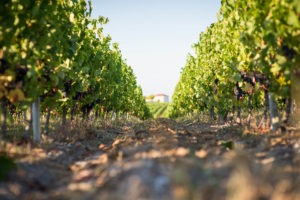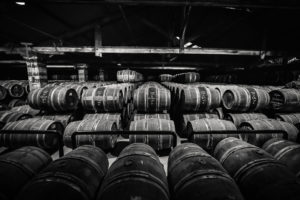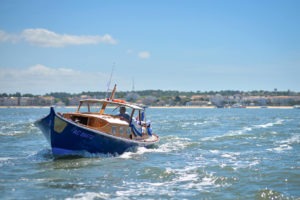That’s it, it’s January… and we can’t escape it, dry January is back. Are you familiar with this concept which is becoming more and more popular? This is alcohol-free month. Basically, it was a challenge that the Englishwoman Emilie Robinson officially launched in 2012 via the organization Alcohol Change UK. There were 4,000 in 2013 and this year, in 2024, 17 million people around the world plan to participate. This is a sober month after the potential excesses of December. There are even applications to look at the money you have saved, the calories not ingested… The participants talk about the benefits of this challenge: better concentration, improved sleep. In short, more.

However, some people do not look favorably on this dry January. And I’m not just talking about alcohol professionals (remember that alcohol abuse is dangerous for your health, consume in moderation) who don’t see the point of this concept or who highlight its hypocrisy (I don’t don’t drink in January and I’ll make up for it in February). But I’m also talking about software professionals! Indeed, dry means dry… and implies that no drink (alcohol or not) should be taken. However, there are water sommeliers who explain that dry January should change its name… After all, isn’t water the most important drink in the world? Without water, there is no life! So what is this aberration of advocating a dry January? It should be a “hydrate January” or a “moist January”! It’s even the very famous water sommelier Martin Riese who talks about it.
Water is magical. I dove into water several months ago and it’s a fascinating subject. So much so that I managed to do 28 hours of lessons on the subject for a school in Bordeaux… We have mineral waters, spring waters, glacier waters, iceberg waters, cloud waters … In short, lots of waters which all have, more or less, health benefits. So a question comes to mind… If we have to stay hydrated and sake is at least 80% water. Is sake included in the Dry January Challenge? Okay, there is alcohol but there is also a lot of water! #quip Water is a crucial element of Japanese sake. It is even the terroir of sake since the water comes from the place of production while the rice can be grown in other prefectures. The ultimate compliment to a producer would be to tell them that their sake is as easy to drink as water. And when we visit a production house, a kura, it often happens that we are made to taste the water before tasting the sake. Does water have tastes? Flavors? Smells?
The answer is yes… There are soft waters (weak with a small level of calcium and magnesium to put it simply) and hard waters (strong with a high level of calcium and magnesium) which will have different textures. Then depending on the rocks that the water will pass through (if it passes through any), it will be loaded with minerals which can bring tastes. I admit that, having tasted a lot of waters recently, it is sometimes difficult to make tasting comments. There are a lot of textures in the waters, sometimes tastes. But it is extremely subtle. However, in many areas, water is often highlighted. Marketing plays a lot on water quality. This is the case in the world of whiskey and it is also the case in the world of sake. We will talk about the purity of the water, its freshness… And this will have an impact in the minds of people who will make an incredible transfer to the product.
However, it is important to understand that the Japanese are in love with water: their waters are pure and soft. They also have lots of onsen, natural hot water baths. In Asia in general, water is crucial. The quality of water is essential both in terms of its daily consumption and its use for preparing dishes. Indeed, when you cook with water, its mineral salts and trace elements will permeate the food. Water is a “medicinal” or a “nutrient”… Whatever you want, but you understand the concept! The water market in Asia is huge and there are a lot of water sommeliers, whereas in the West it is not yet a tsunami…
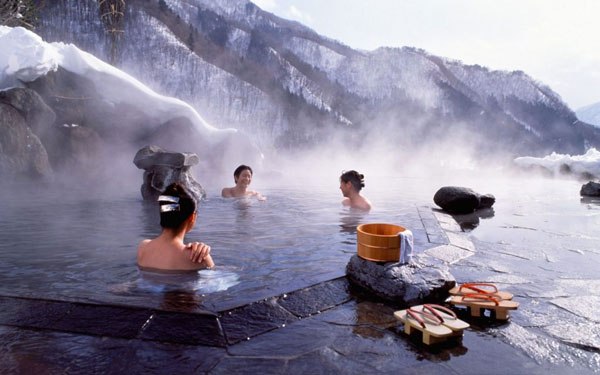
Proof of this is Eau by Issey Miyake in the 1990s. The great fashion designer, Issey Miyake, wanted a perfume that was “clear as water, the smell of a mist produced by a waterfall, mingling with the scents of flowers and the scent of spring woods.” The perfume is strikingly simple, like a drop of water running down the skin because for him that was beauty for a woman. And yet, its smell is complex. It opens with notes of lotus combined with touches of freesia and cyclamen. The floral heart is composed of carnation, lily of the valley, peony and lily. Finally, the base is infused with precious woods with musk and osmanthus. It was the noses Chantal Roos and Jacques Cavallier who were at the origin of this cult perfume which is still all the rage and therefore the unique concept went against the grain of what was being done at the time.
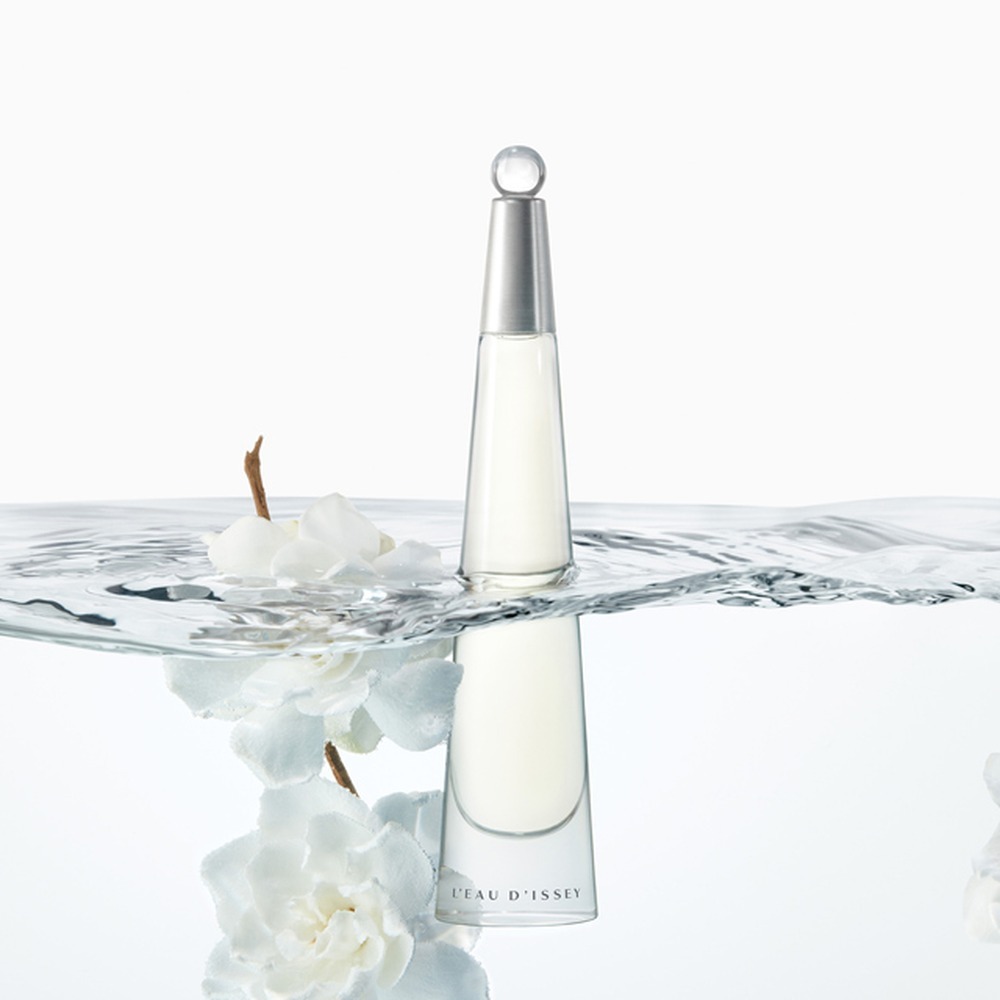
In sake, we can find these notes. Water provides texture and flavor and this varies depending on the prefecture. For example, Hyogo prefecture is the seat of the famous Miyamizu, a cult and rather hard water (for Japan because all waters are mostly weak). She will give so-called “masculine” sakes with righteousness and power. Conversely, Hiroshima Prefecture is known for having extremely fresh waters. So much so that it was almost impossible to make sake until a brilliant Toji (brewer master) found a solution. Since then, Hiroshima sake has been considered “feminine” with fluidity and freshness. Production houses will play on the origin of the water. Some use water from glaciers, for example, or water from melting snow to make their sake. Its production locations are often in prefectures known for significant snowfall such as the island of Hokkaido and Niigata Prefecture which is the “land of snow”. Kura will even age their sake in ice igloos to add to the image of purity and freshness.
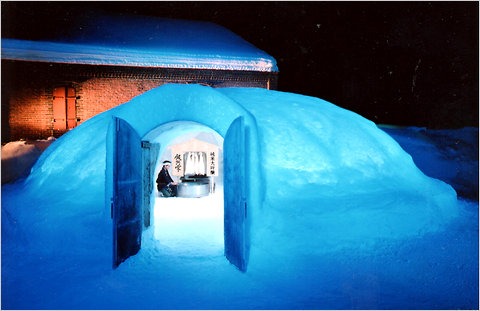
In short, you have understood, water is important in the production of Japanese sake. We will clean the rice, soak it to re-hydrate it, we will cook the rice with steam, make sakeification with water, wash the equipment and the manufacturing site with plenty of water and also make a reduction of alcohol level with water. Water is everywhere. Its taste, its purity, its texture are therefore important and this is why it is said that where there is good water, there will be good sake!

#France Bleu Gironde broadcast from January 16, 2024 with Marie-Corine Cailleteau: click on the link to listen to the replay more easily!

